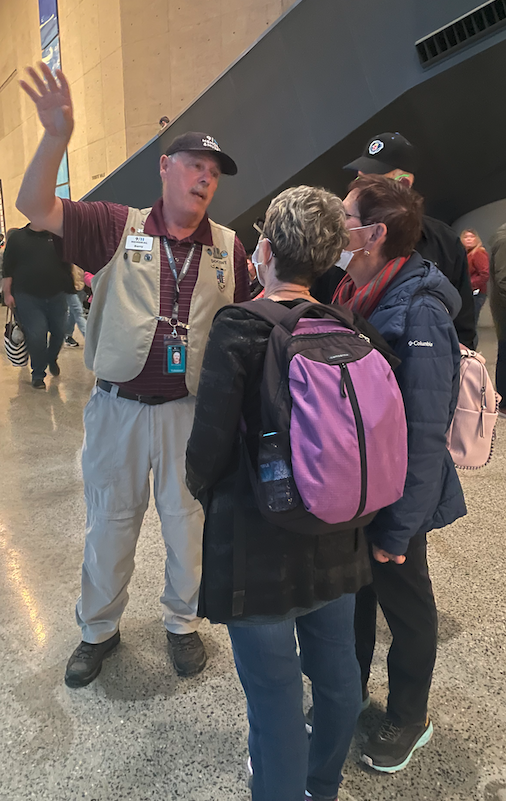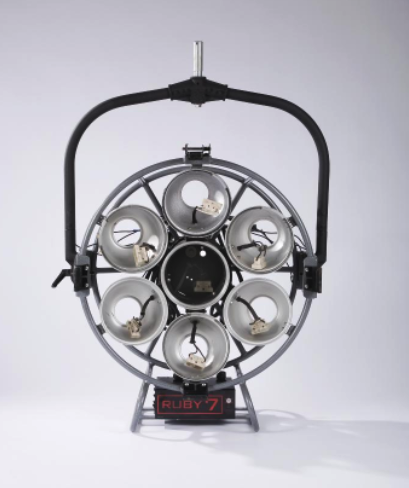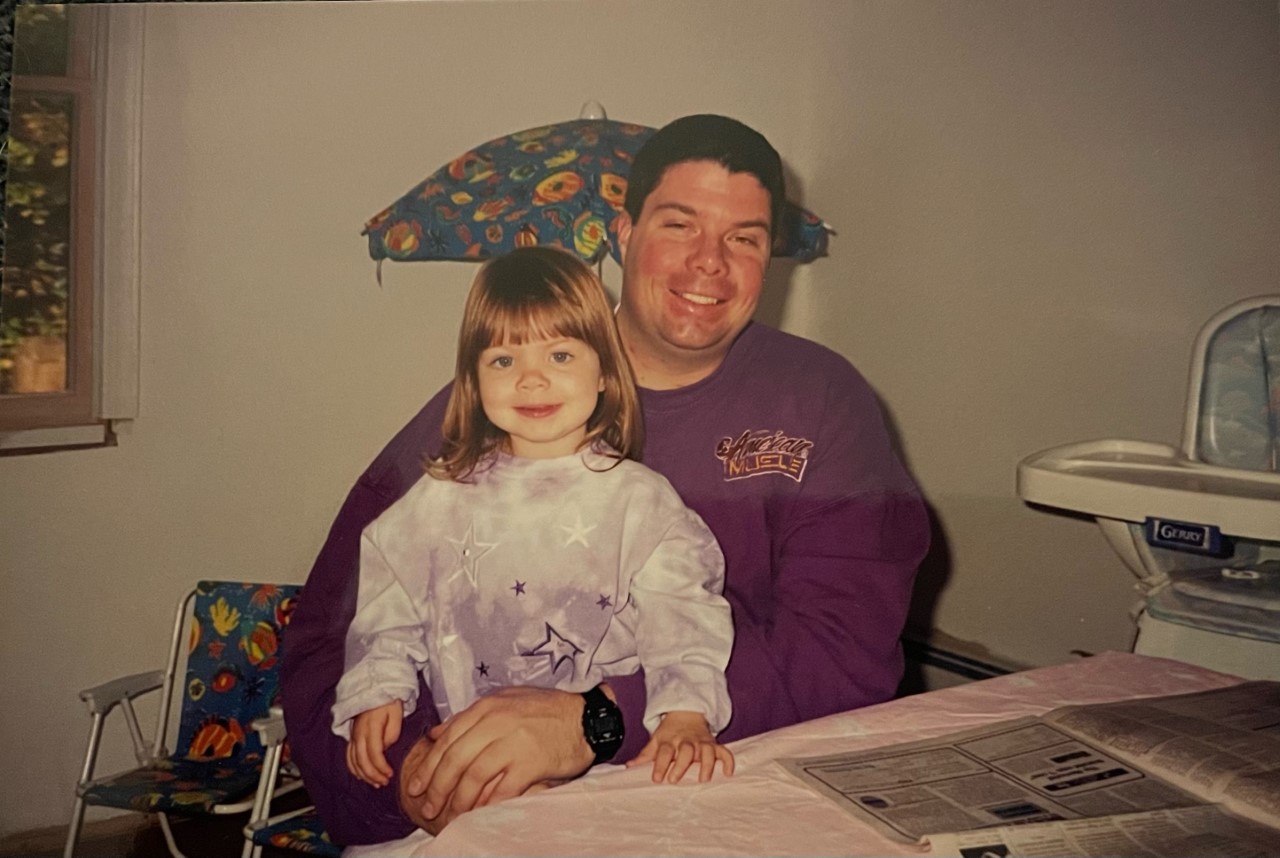Make a donation to the museum
National Volunteer Week: Meet OUR Volunteers
National Volunteer Week: Meet OUR Volunteers
- April 20, 2022
(Left to right) Volunteers Barry O'Sullivan, Susan Timler, and Thomas Hoffman
National Volunteer Week celebrates those who dedicate their time, talents, and hearts to helping others. We are so thankful to all our volunteers who choose to do that here; they play a central role in shaping visitors' experiences and keeping this special place of remembrance a sacred site. Here, a few of our incredible Museum volunteers — Mary Dunne, Susan Timler, Barry O'Sullivan, and Thomas Hoffman— tell us about their experiences and what they mean to them.
Why do you volunteer with the 9/11 Memorial & Museum?
Dunne: To help convey and represent the history of that day is such a great honor. Through the volunteer program I have met family members, survivors, and first responders. Many are fellow volunteers. Their personal stories are extraordinary; they're an inspiration, and I feel privileged to know them.
Timler: As a life-long New Yorker I feel a personal commitment to serve, to give back to my city in the aftermath of the attacks. It is very important to me that the story of 9/11 is told correctly and factually. My goal for the visitors with whom I interact is that they leave the Museum with a better understanding of the events of that world-changing day.
O'Sullivan: I have always found that volunteering is good for the soul. Having the opportunity to volunteer here is a chance to honor the memory of so many innocent people. It is profoundly gratifying.
Hoffman: I want to preserve the memories of both the civilians and the rescuers who lost their lives in the most horrific attack on U.S. soil. I also want to honor the memory of those lost in the 1993 attacks. Surprisingly, many people are uninformed about this attack. As each guest has a different reaction to the stories, each guest is a different experience. I always feel like I’m experiencing the exhibits alongside them. I have remained a volunteer because I have such great relationships with the staff and enjoy working with them.
What's your favorite part of volunteering here?
Dunne: As a retired teacher, I love communicating and connecting with children and young adults. Even the school groups. I try to engage them in appropriate and meaningful conversations about 9/11 and encourage them to learn more about the day.
O'Sullivan: I love talking to people from all over the world. We have so much in common, and the reaction to 9/11 was unifying, even in its grief. And I like to remind people that even though those events showed the worst of humanity, they also showed the best. People helping people, and in many cases sacrificing themselves to save the lives of strangers. I like when people's overall reaction is inspiration, rather than sadness or anger.

Barry O'Sullivan with visitors this spring
Tell us about a memorable interaction with a visitor.
Timler: A couple approached me in September 2014 [four months after the Museum opened] and asked me to take them to the In Memoriam exhibit. They had no interest in seeing anything else, just “the faces.” I escorted them down and they asked me to stay with them. They were there to pay respects to the fallen FDNY captain who had stopped their son — a probie at the time — from entering the [Towers] where the rest of his unit was headed. They wept while watching the captain’s tribute, and, clinging closely together, repeated over and over, “We are so lucky.” They hugged me and thanked me.
O'Sullivan: I spoke to a man who is a Muslim living in Atlanta. He had just become a U.S. citizen in 1998, and he told me he bore the brunt of a lot of anger after 9/11. We shared some intimate stories and in the end his eyes were welled with tears as he said, "Thank you so much, Mr. Barry." Those connections stay with you.
Hoffman: It was the week between Christmas and New Year's Eve. I was outside on the Plaza and the lines were overflowing. It was flurrying. Everywhere you turned, there was a guest asking a question. There was one man who had obviously been waiting for a long time and seemed quite frazzled. He called me over and said, "Excuse me sir, the time on the ticket says 4 pm, it's past 5:30 pm, what seems to be the problem?"
I explained that the ticket listed the time you entered the line, not the time you entered the museum, and that there was a process like at an airport. He definitely looked like he felt better. This encounter made me realize that many guests don’t know what to expect at the museum. Visiting can be a stressful. Comforting this guest a little bit was one of my first experiences at the Museum and one that I will always remember.
Hear more from some of our volunteers.
By 9/11 Memorial Staff
Previous Post
National Volunteer Week: Light Amid Darkness

As National Volunteer Week continues, we highlight 9/11 community member Charles Libin, who donated his time — and the gift of light — to the rescue and recovery efforts at Ground Zero.
Next Post
The 2022 5K: Why I Run, With Katharine McDonnell

Katharine McDonnell was a third grader when she lost her father, NYPD ESS member Brian Grady, on 9/11. She's participating in our 5K this weekend to honor his memory. Here, she tells us a little more about why the event is important to her.